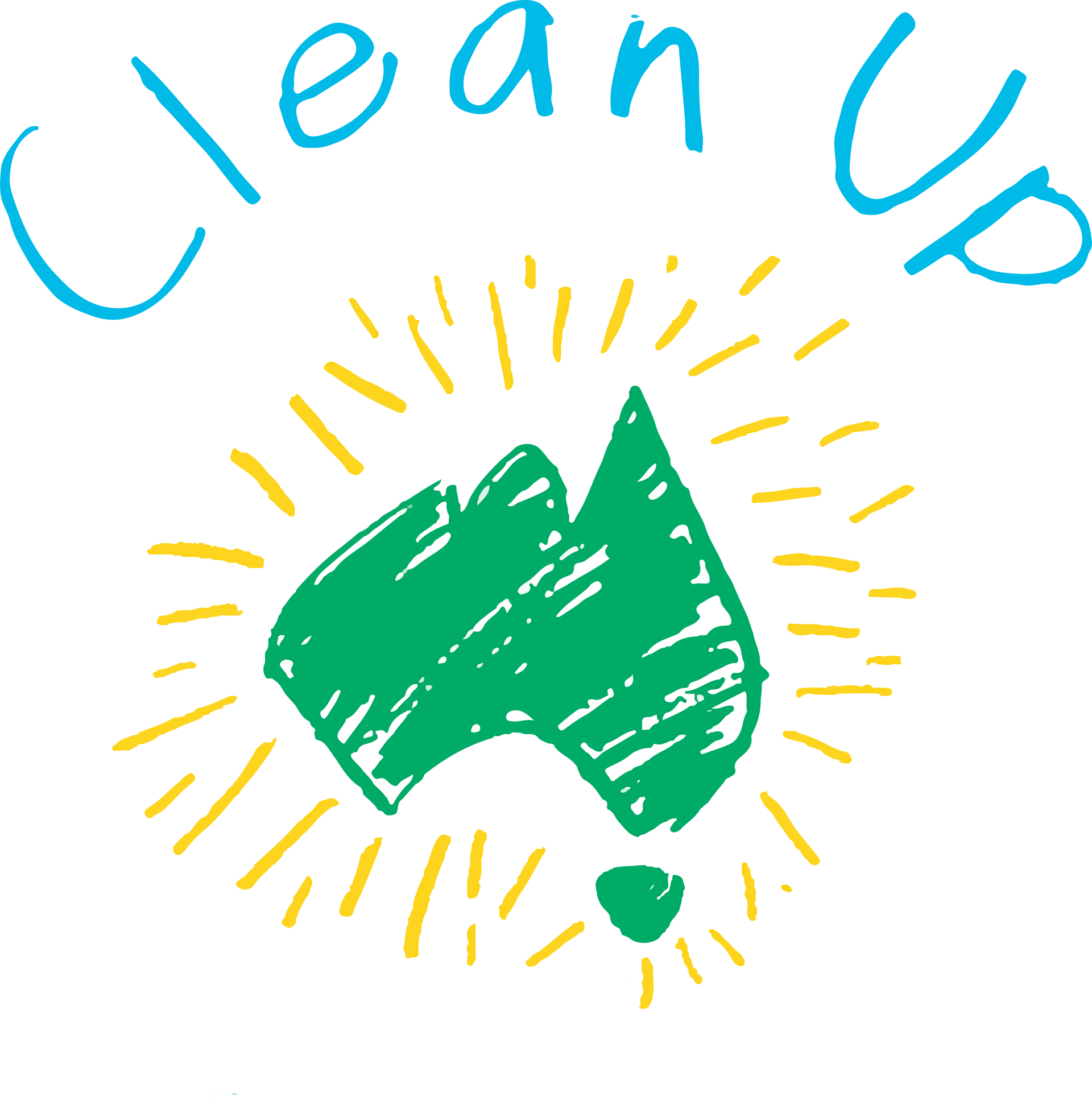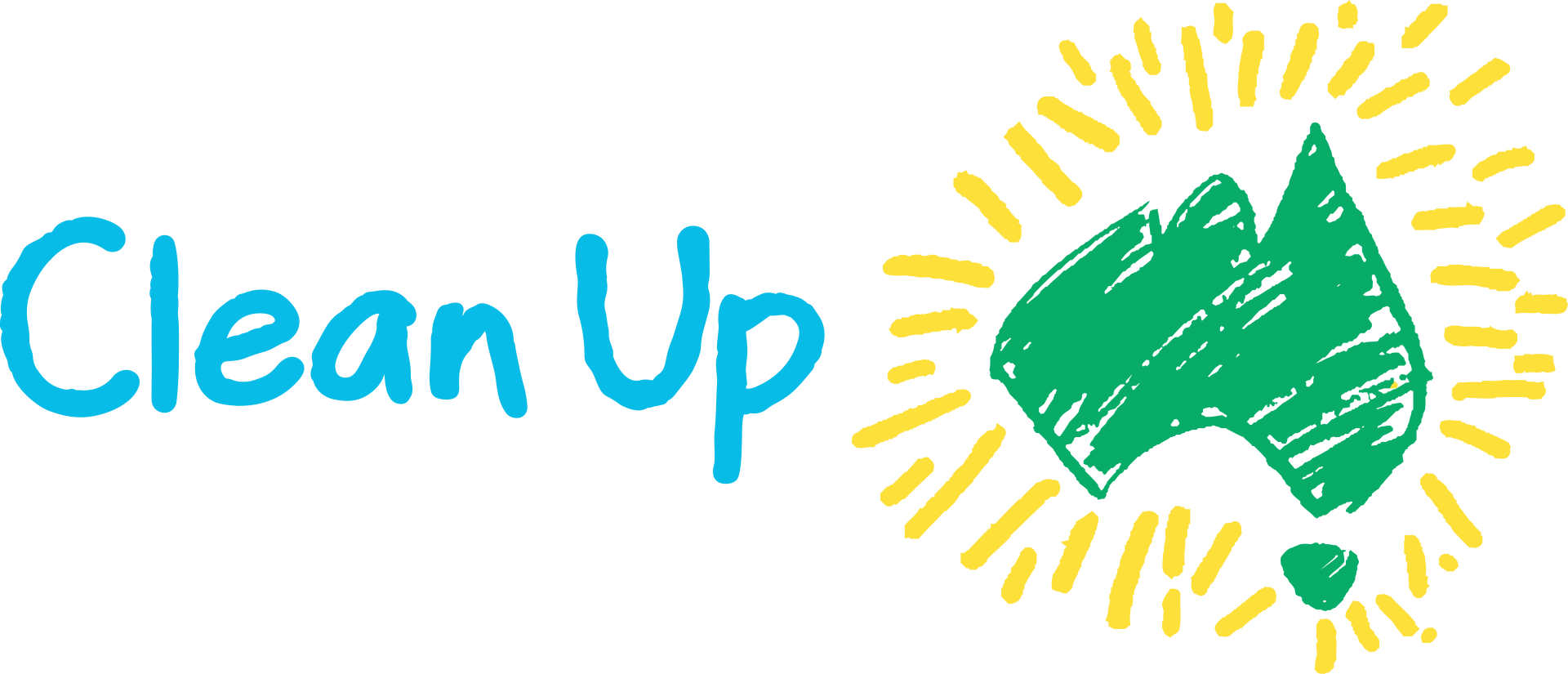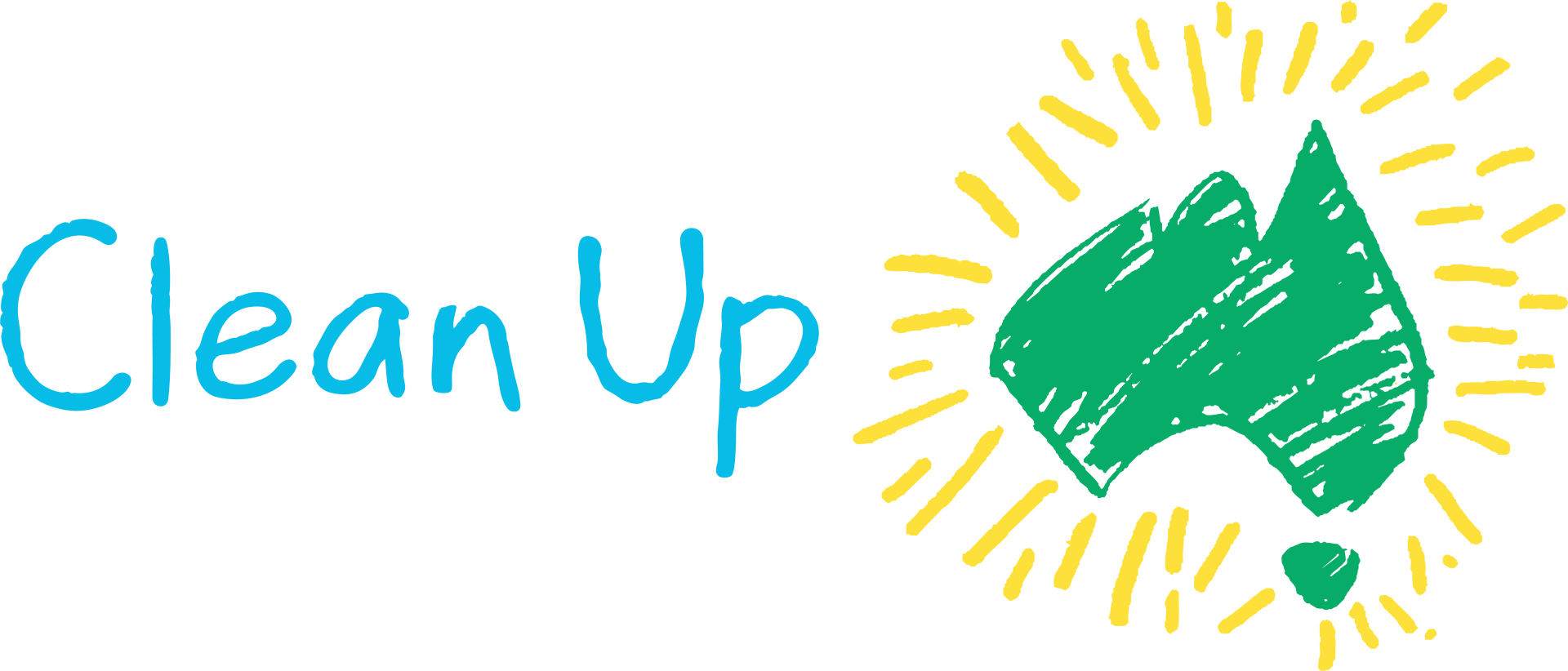Litter Report
Clean Up Australia's annual Litter Report is a snapshot of litter removed by volunteers during a
financial year. Since 1991, the Litter Report has proven to be an invaluable resource in identifying trends in the types and spread of litter throughout Australia. It continues to demonstrate the importance of refusing, reducing, re-using and recycling rubbish.
FY24
designed by The Being Group
Clean Up Australia's Litter Report FY24 reveals that plastics continue to be the number one litter type found in our national parks, bushlands and waterways, representing 80.7% of all counted litter. E-waste made its way into the top ten, with vapes and batteries making up the majority of reported e-waste found in the environment.
Clean Up Australia is urging volunteers to join in the 35th anniversary of Clean Up Australia Day on Sunday 2nd March to continue to work together to remove litter from our environment and help promote the need to stop and reconsider how we dispose of our everyday waste.
Soft plastics represent 31.8% of all reported litter and continue to lead litter counts as per the FY23 Litter Report. Notably, the top three counted litter categories remained the same as last year with soft plastics followed by non-food packaging (which includes cigarette butts) and beverage containers including aluminium cans and plastic bottles.
As far as individual items go, soft plastics packets, wrappers and cigarette butts have consistently ranked as the top two most collected items over the past five years from 2020. In the FY24 report soft plastics packets and wrappers are again in first place and cigarette butts in second, indicating a persistent and increasing problem regarding their proper disposal in Australia.
Clean Up Australia Chair, Pip Kiernan said: “One of the best ways to get on top of our nation's litter challenges is to participate with your local community and register for a Clean Up Australia Day event. In the 35 years since the very first one, over 22 million Australians have gloved up and joined us in Cleaning Up our beautiful country. It really is the most practical way to make a difference and help protect our precious environment.”
The FY24 Litter Report is a snapshot of litter collected across Australia from July 1, 2023 to June 30, 2024. The data is thanks to over one million Australians who registered for Clean Up events across 16,320 sites, collectively contributing 2,154, 254 hours of time and effort.













































